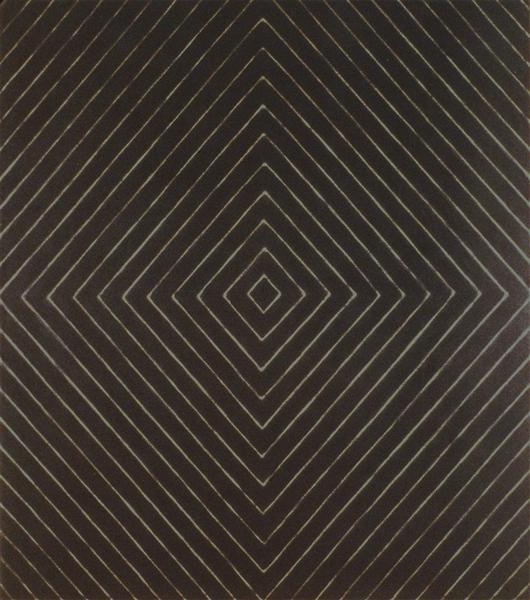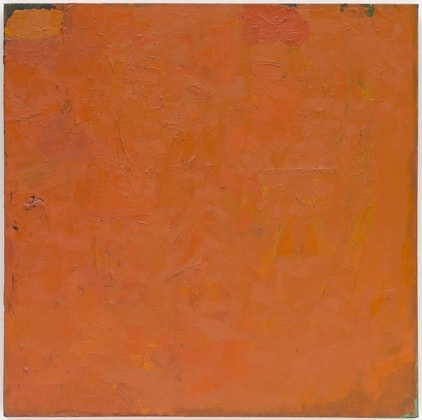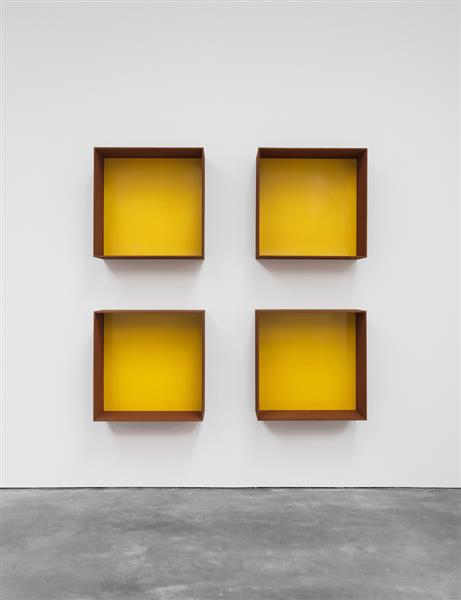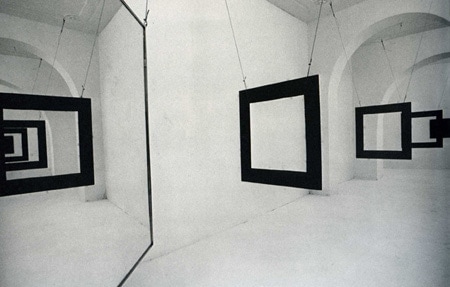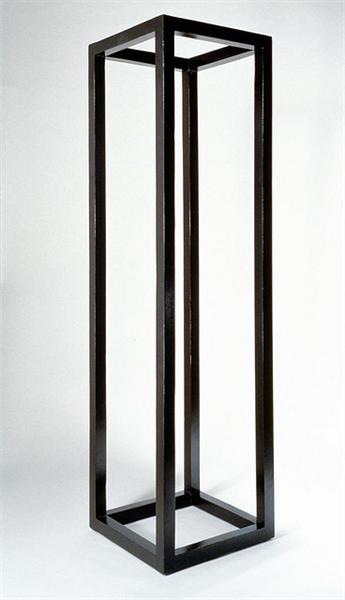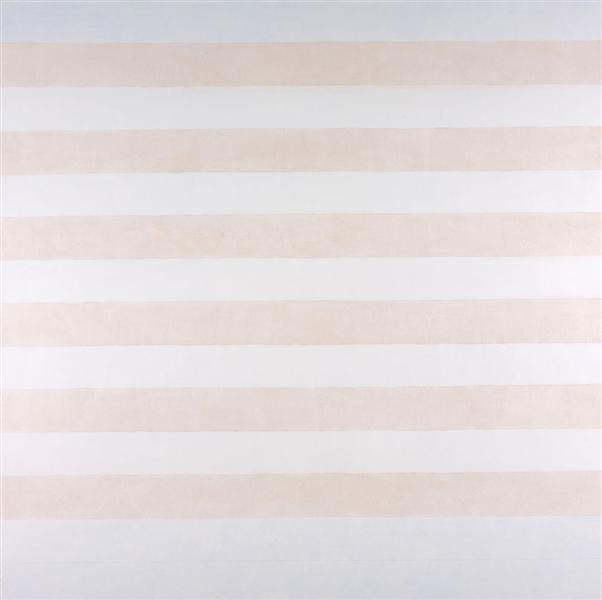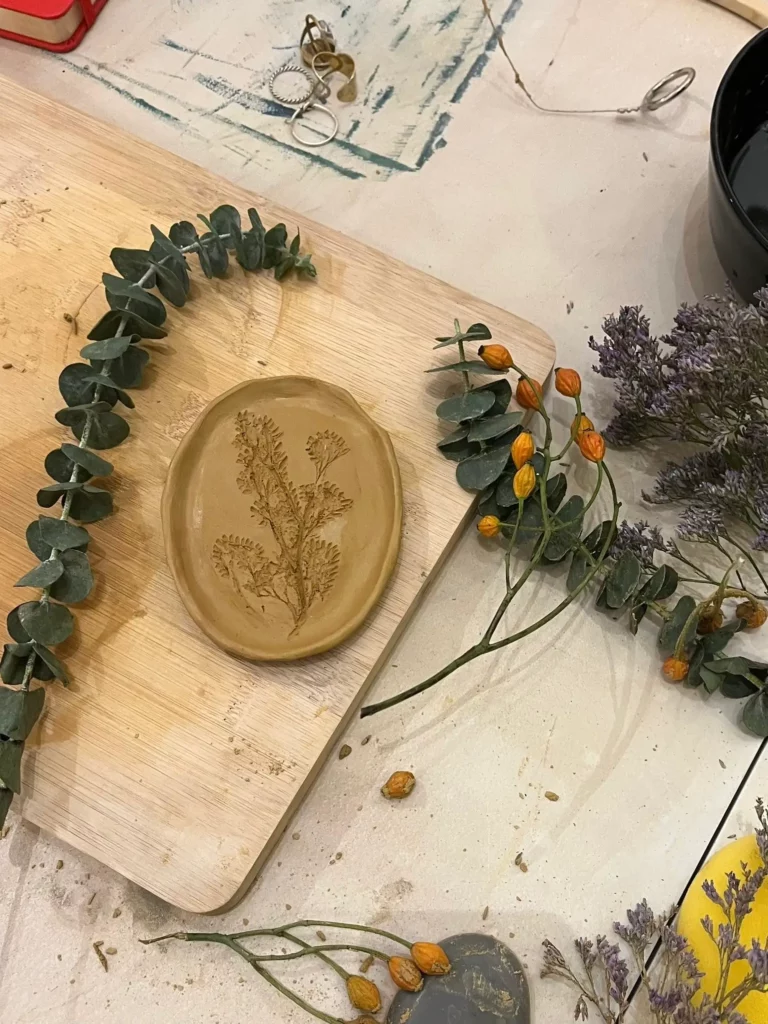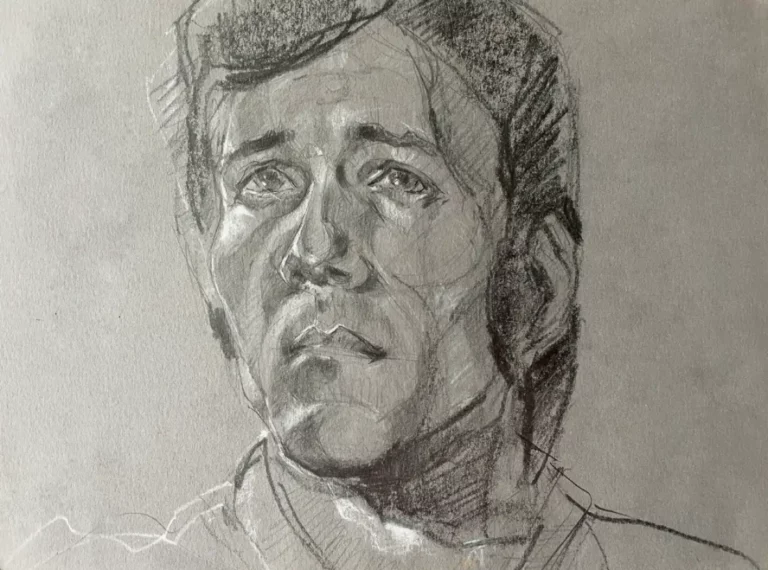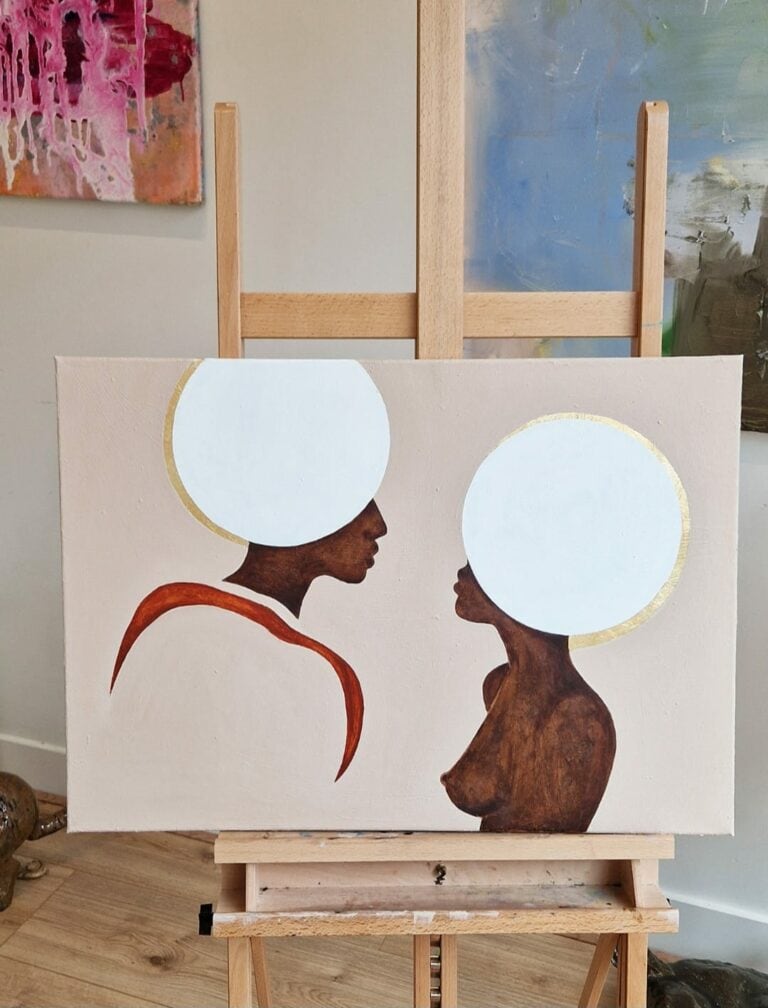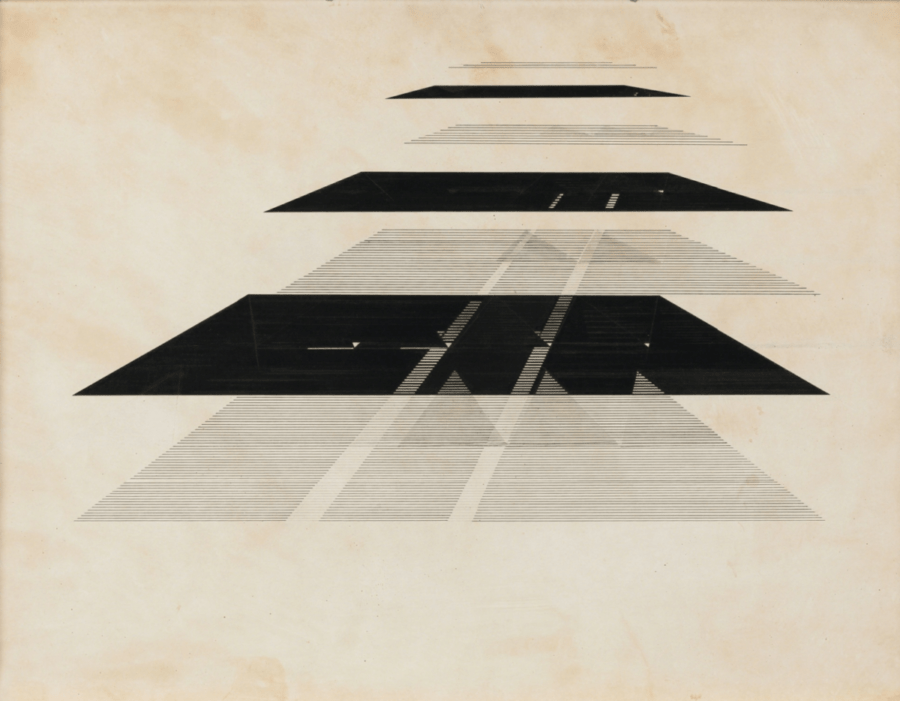
31 May 2021
Minimal Art
When we think of Minimalism, a concept emerges attached to the term itself: simplicity. We are talking about a philosophy of life, style and artistic movement transversal to several disciplines. Despite their differences, these have in common the desire to get rid of everything “bombastic”. Like all ideology, minimalism is also subject to human subjectivity, which in this article leaves us faced with the challenge of interpreting an art without contradicting its own principles, that is, explaining Minimal Art in a simple way.
Exploring the context, we will begin to understand that for many of the artists of the 20th century, the traditional art and technique of Western painting and sculpture were over-exploited. This led contemporary artists to search for new languages, many of them totally isolated from the paradigms of classical beauty and harmony, even from the purpose of art itself. Then, the Historical Artistic Avant-Garde arose, within which historians consider Minimalism the last movement of modernity.
Directly imbued with the Dutch neoplasticism of the twenties, Russian constructivism, geometric abstraction and modern reductivism, Minimalism consolidated itself as a movement, theoretically based on their respective manifestos, in the sixties of the twentieth century. New York City was the scene where artists such as Donald Judd, Robert Morris, Carl Andre, Dan Flavin, Sol Lewitt, Tony Smith and Larry Bell, managed to impose themselves with a sober style, which reduced figures, color, shapes and the work of art in general towards the objective nucleus of its essence, towards the minimum and basic elements.
History of Minimal Art
In 1965, the philosopher Richard Wollheim coined the term Minimal Art. Thus, he distinguished an artistic trend defined by the economy of means, and that represented a criticism and express rejection of the “excess and overload” of other contemporary artistic manifestations such as the Abstract Expressionism and Pop Art. Prior to this, theorists had been using names such as ABC Art, Cool Art, Primary Structures or Literalist Art. These terms referred to an artistic body of works that synthesized expressiveness with minimal resources, and where artists preferred mass-produced and industrial materials as the fundamental content of its pieces.
Both features described above, are persistent features throughout the art of the 20th century. Given this, it is not difficult to trace the principles that influenced the Minimal movement. From the Bauhaus school, the concrete art of Max Bill or Verena Loewensberg, to the Black Series by Frank Stella, presented in the 1959 exhibition “Sixteen American” at the Museum of Modern Art in New York, we can understand Minimalism almost as an evolutionary process. For many theorists, the phenomenon eventually materialized in “Primary Structures: Younger American and British Sculpture”, held at the Jewish Museum in 1966, considered the first minimal art exhibition.
Jill, by Frank Stella, c. 1959
In the same time frame, the specialized critics and artistic institutions in the United States revered the Expressionists as the top of the cultural guild. So, on the one hand, the minimalist artists had as a creative motive to overcome the formalist precepts and the emotionality of abstract expressionism. On the other hand, they pretended to reconcile the principles of Russian constructivism of Kasimir Malevich and of the Dadaism of Marcel Duchamp. At the same time they coexisted with Pop Art, which led to their being confused with pop artists in the beginning, and being linked to low culture.
Characteristics of Minimal Art
We have mentioned the simplification of means and the manifest objective of moving away from the drama and emotionality within the minimalist style. This leads us to artworks that avoid symbolism and where the author tries to manipulate as little as possible. Minimalist artists prefer prefabricated materials and objects, or have them built under precise instructions. Even they eliminate the suggestions or metaphors from the descriptions of the exhibited pieces. They seek that the viewer has a sober, austere experience, based on the interrelation with the piece of art.
Within the minimal paintings there are significant influences of constructivism and the reductionist style of Ad Reinhardt. They are usually surface works with a monochromatic emphasis, and painters hardly modify the colors only using lines and points that are not very visible. Large formats predominate, with neutral tones, and dispense with frames. They generally use geometric patterns as the central character, seeking structural purism, with precise edges. Robert Ryman, Agnes Martin and Robert Mangold are some of the great exponents of this style.
Untitled, by Robert Ryman, c. 1955
Many of the minimalist artists had an academic background in Philosophy. Others, like Bruce Nauman, took inspiration from the postulates of Samuel Becket. In any case, the creators assumed Minimalism from a position of high conceptual rigor. Thus, the minimalist philosophy in art maintains that any common object can be an “artistic object”. However, Robert Morris affirmed that a minimal object emphasizes objectuality, and this allows to transcend its literal reading in terms of function.
The minimalist sculpture
Within the Minimal movement, sculpture is the most prolific discipline, while minimalist artists prefer to refer to their creations as “artistic objects“. They are impassive, empty objects that lack metaphysical meaning, that do not hide a message and that simply pretend to present the object itself. Artists such as Larry Bell and Donald Judd declared that their installations did not represent something beyond what was visible. They illustrated in the most literal sense of the word.
Followers of this style built their “artistic objects” with materials of industrial origin, thus rejecting conventional creation based on virtuous and artisanal execution. Let us remember that the minimal artist does not sculpt the work, barely touches it, deliberately tries to stay out of the conception process. It is common to find pieces made of steel, aluminum, copper, glass, wood or plastic.
Similarly, minimalist sculpture uses the concept of serialization, as a characteristic of modern industrial production. The repetition of motivic figures is a recurring element in minimalist installations. Minimalist creators overcame traditional notions of sculpture and the conceptual and aesthetic distinctions between painting and sculpture. In turn, the pedestal and the anthropomorphic, two persistent resources in classical sculpture, are eliminated.
Untitled (JUDDO0243A), by Donald Judd, c. 1991
Space in Minimal Art
Every work of art modifies to a greater or lesser extent the perception of the space that surrounds it. Minimalism assumes this axiom as a fundamental part of its content. Minimalist works, mainly “artistic objects”, rather than finish, color, texture or materials, focus on the value of the interaction between the work, the space and the viewer. Space is also a character in the narrative of the aesthetic experience of minimalism. Artists of this style exalt perception over contemplation, which requires an active attitude on the part of the viewer.
The location of a minimal object is not a fortuitous element, but this contributes and signifies its own reason for being. This concept implies that the minimalist work does not have autonomy. The space in Minimalism is the place where the encounter between subject (public) and object takes place, and it is this spatial relationship that allows the artistic event. The dimensions and arrangement of the object in a certain place are also fundamental parameters to conceive the work of art. The foundations for this are the connection between space and object.
Untitled (Walk Around), by Robert Morris, 1975
This “place” of exhibition can appear in three ways in the composition. One of this is having its own personality and attracting attention for its aesthetic values. The second possibility is to serve as a background for the pieces, and the third is to form part of the work and complement it by being distinguished by perceptual awareness. In this context, minimalist artists use light as an artistic material as well.
Minimalism, Conceptual Art and Post-minimalism
The New York of the sixties was a prolific scene where various artistic trends coexisted. Many artists shared positions and precepts, but they conducted them in different ways. This is how we find Conceptual Art, Minimalism and Post-minimalism that take “the idea” as a starting point and speak out against expressionism. All three use everyday objects and materials as one of their means of expression. The above characteristics provoked formalist critics of the time, such as Clement Greenberg and Michael Fried, to write against these new artists. They claimed that these artistic trends displaced the interest of the work of art towards its creative process. This results in an art that prioritizes the fundamentals of creation before the final result.
Standing Open Structure Black, by Sol Lewitt, c. 1964
The role of the spectator is another point in common between the three artistic movements. The observer is an active subject. He has the power to interpret the work of art at will, even overcoming the authority of the critic or theorist. On the other hand, the ideas that sustain and conceive the conceptual, minimalist and post-minimalist works, become the “exclusive event“. Therefore, someone else can buy and reproduce “the idea” following the instructions and diagrams patented by the authors.
Differences between Conceptual Art, Minimalism and Post-minimalism
So, how do we differentiate minimalist art from conceptual and post-minimalist art? Minimalism tends to manifest itself more in sculpture and maintains a marked preference for industrial objects. Correspondingly, it is easier to locate it in the ready-made, which makes it a more objectual movement. For their part, post-minimalists introduce the human body in performance, and include themselves as raw material. In correspondence with minimalist principles, in post-minimalism we will see the recreation of daily activities being reinterpreted as artistic phenomena. The repeated use of digital technology is another element that will distinguish post-minimalism.
On the other hand, Conceptual Art seeks to signify the same everyday materials, turning them into metaphors, mainly through decontextualization. It is usually less objective since the content transcends the object itself. The author supports its meaning with ideas that he expresses through the title or an explanatory text. Minimalism is more literalistic, a category to which the artists of this trend consciously aspire. Based on this, Fried claimed that he did not consider a literalistic work as art, since this condition removed all transcendence from it.
Happy Holiday, by Agnes Martin, c. 1999
Transcendence of Minimalist Art
However, Minimal Art as a conceptual movement meant a radical change in thinking about art. This resulted in a stance in opposition to the establishment of the artistic tradition. In the same way, it allows human beings to extend the sensory and expressive experience of the psyche to other less conventional languages. Minimalism based its proposal on maximum clarity, simplicity and objectuality. The attitude itself used the codes of its historical context, of the increasingly convulsive society of the 20th century, to reinterpret them and suggest other forms of coexistence. Beyond the discussions about the autonomy and significance of an artwork of this movement, attending a minimalist installation involves activating perception. From mere spectators to subjects with authority, it invites us to join the stimulating event that art is.
Simplicity of shape does not necessarily equate with simplicity of experience. Unitary forms do not reduce relationships. They order them.
Robert Morris
By Rocío de Lucía
Check out available art in our gallery.
Related Posts
Art Events
Bloom into Spring with our Flower Press Ceramics Workshop
Discover the beauty of flower-pressed ceramics in this hands-on workshop! Over two captivating hours, you'll learn to create a unique hand-built plate using dried blooms and other natural elements. Whether you're a beginner or seasoned artist, Lorena will guide you step-by-step as you explore this enchanting decorative technique.
Art Events
Portrait Drawing Masterclass: explore lines, shapes and expression
I’ll guide you through some basics of creating a portrait using pencil and some other additional materials. What is really important for you to learn is to observe and pay attention while drawing someone’s portrait. As an academically trained painter I spent countless hours improving my portrait drawing skills, which I will be very happy to share with you. Knowledge has no meaning, if it’s no shared.
Art
That’s Life – Annet van Belkom
In her newest series, That’s Life, Annet draws inspiration from the song ‘That’s Life’ by ‘Scorz’ to express the idea of life happening in cycles. The introduction of the electronic music track is accompanied by a beautiful story about life and reflects on the idea of who we are as humans and the continuity of […]




